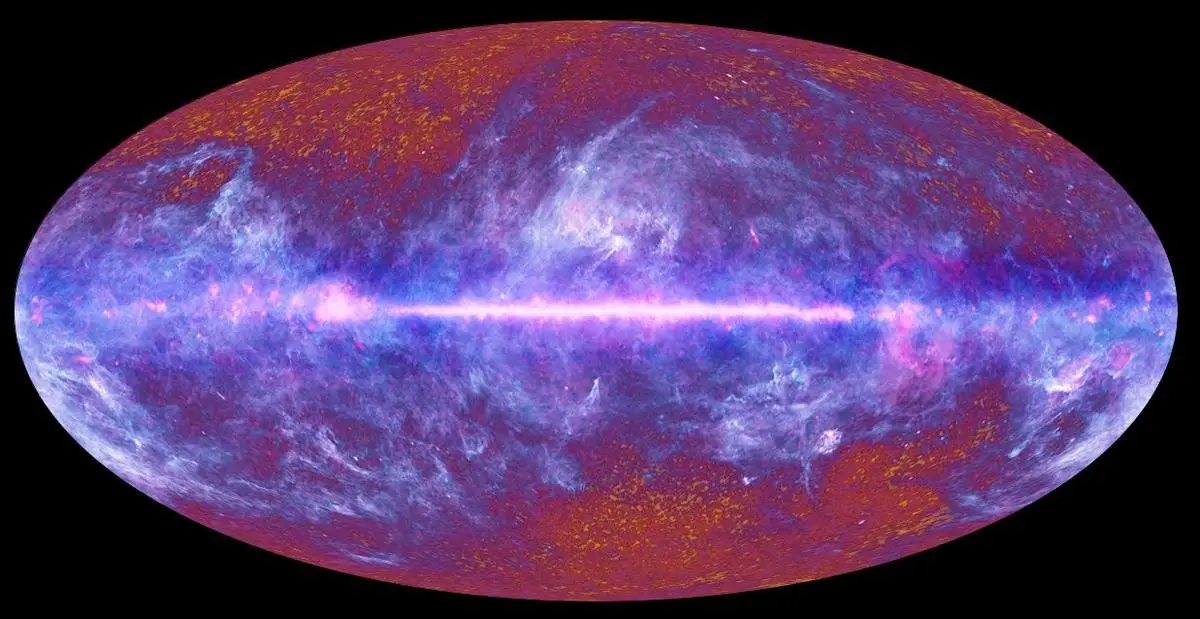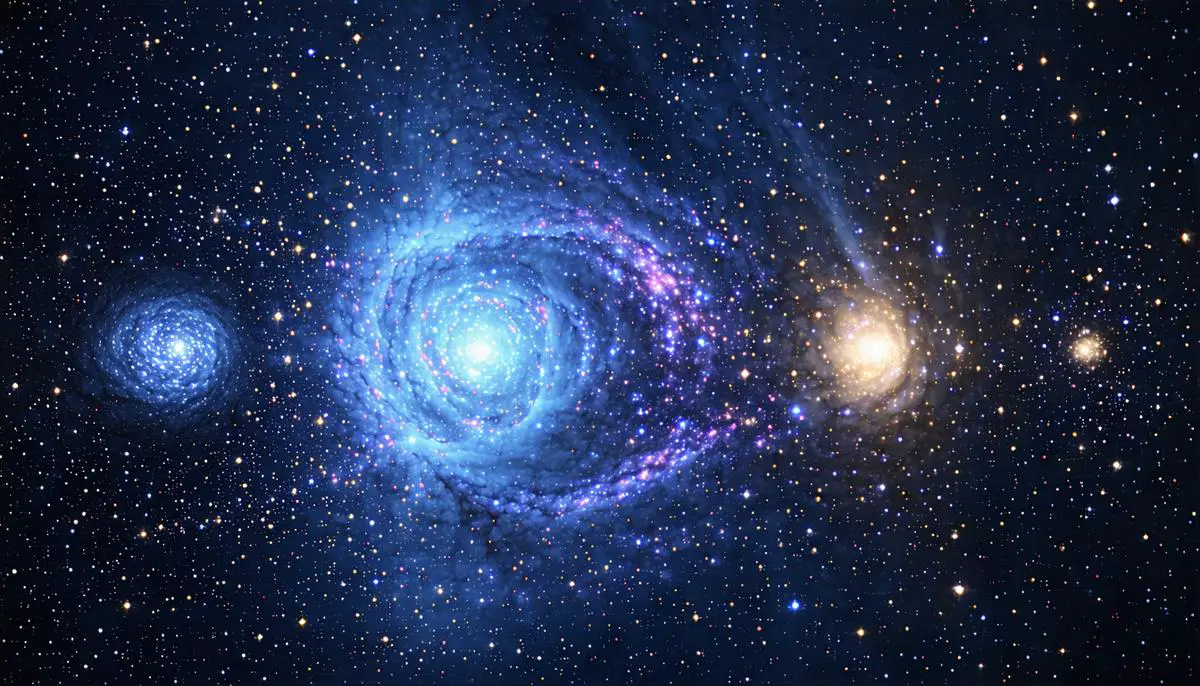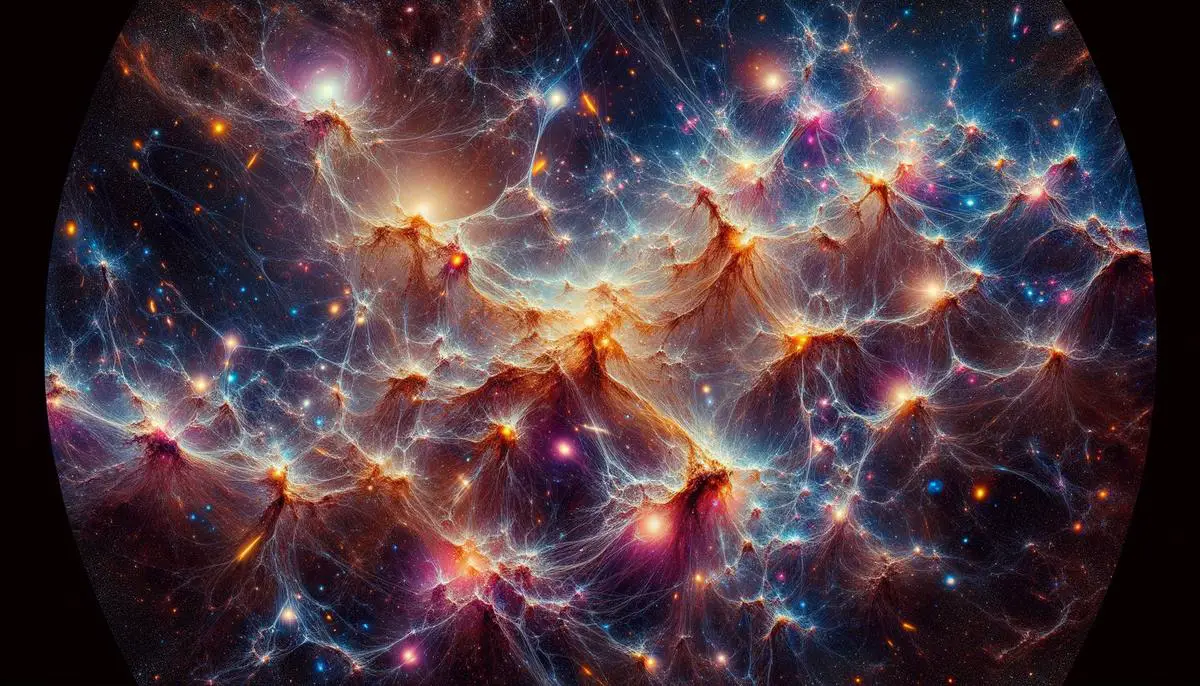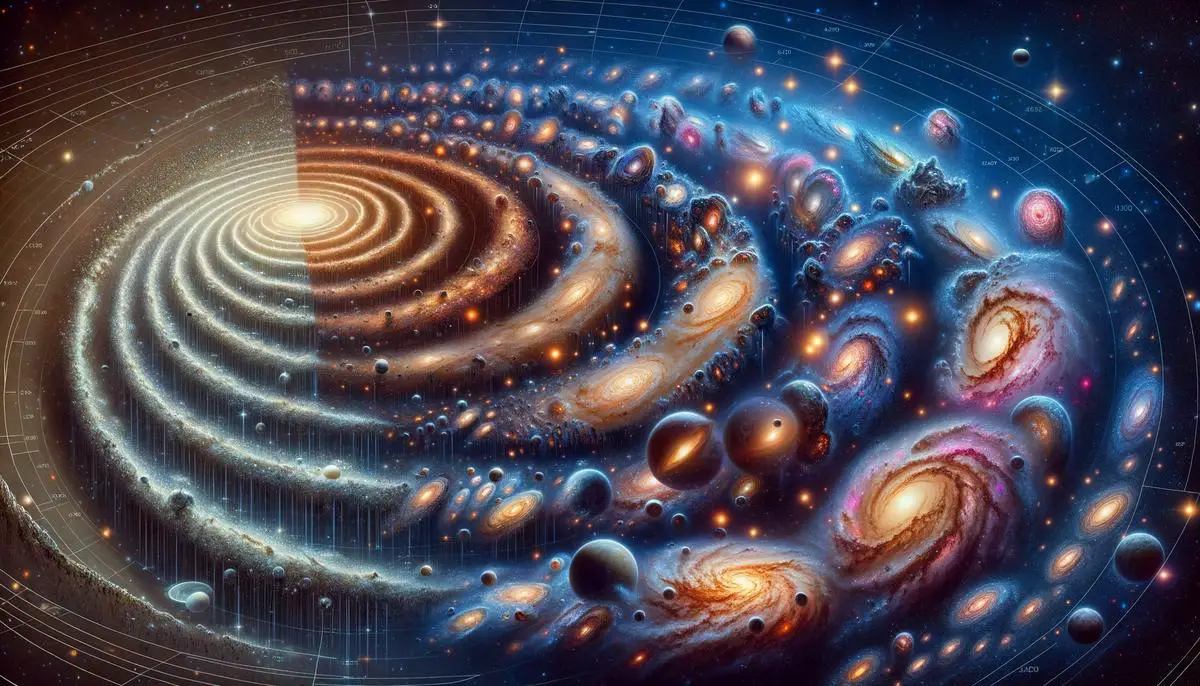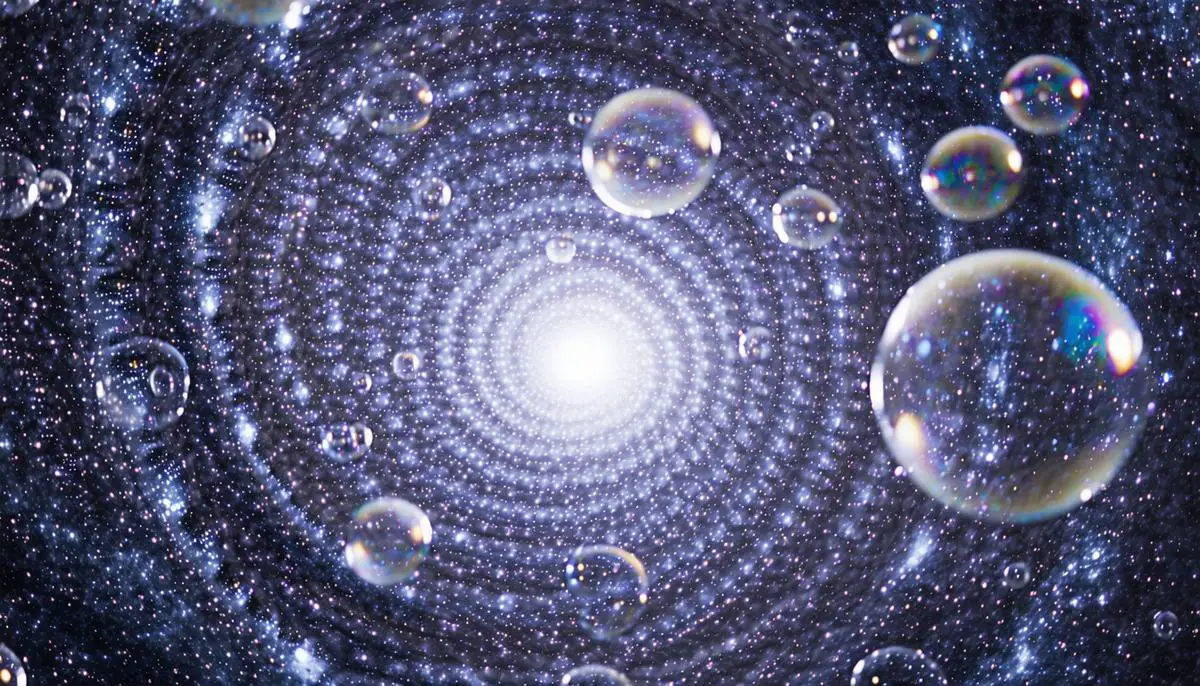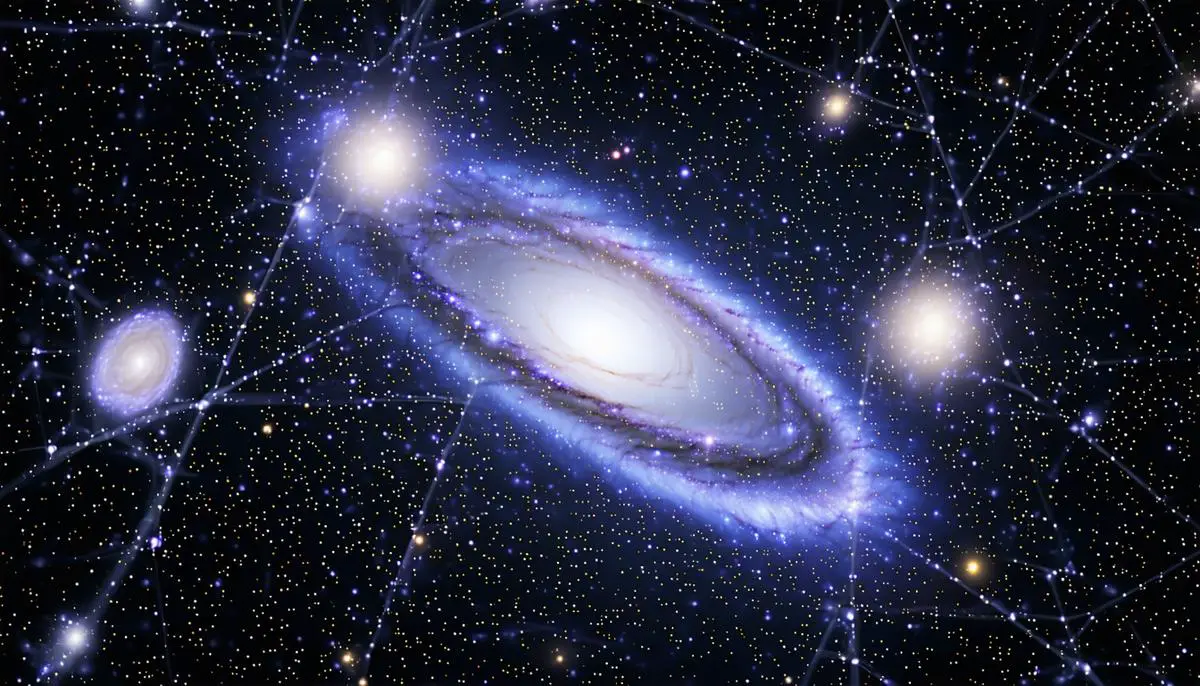Understanding Moon Phases The New Moon brings a sense of calm and potential. It's a time for setting fresh intentions and reflecting on our desires. This phase invites solitude and encourages trust in our instincts. As the moon begins to wax, it spurs us into action. The Waxing Moon summons […]
![]()

